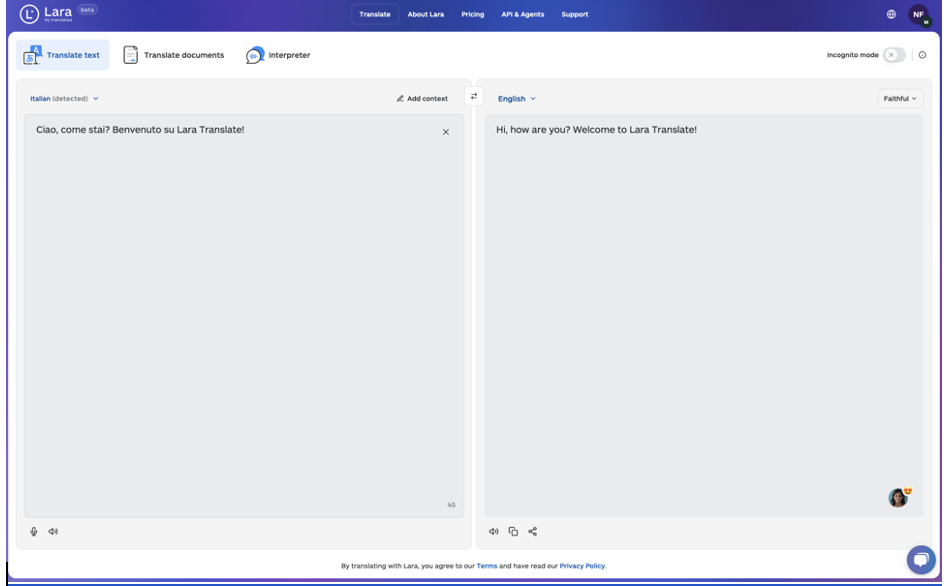Creatives, don’t let language be the bottleneck: why translation matters in design work
Design is about communication — not just beauty. A strong layout, a typeface that breathes, the right contrast or whitespace: all of it serves a message. But what happens when that message needs to travel across borders?
If your work involves packaging, branding, web design, or campaigns that go beyond your native language, then translation isn’t just someone else’s job — it’s part of your creative process.
Form and Function, in Every Language
A landing page in French. A packaging label in Japanese. An app interface for South America. Today’s designers often work with multilingual content, whether they realize it or not. And yet, few have tools that help them manage and visualize language variation without breaking flow.
You can choose the perfect font pairing — but if the translation is off, the whole composition suffers.
Why Translation Is a Design Problem
Let’s be honest: poorly translated copy breaks trust. It makes your work look clumsy, rushed, even unprofessional — no matter how stunning the design is. And from a workflow perspective, relying on last-minute human translation or clunky copy-paste fixes is frustrating and error-prone.
Creative teams need translation that’s fast, accurate, and context-aware — something that can respect tone, meaning, and structure without draining time or energy.
Say Hello to Lara Translate
If you’re working on multilingual design projects, Lara Translate is worth bookmarking. It’s an AI translator built for professionals who care about how language feels — not just what it means.

What makes it different? Lara doesn’t just swap words — it understands context, flags ambiguity, and even explains its choices. Whether you’re dealing with microcopy, web layouts, social media visuals, packaging, or brand books, Lara helps keep your language as precise and polished as your design.
Design-Friendly Document Translation
For creatives working with presentations, brand guidelines, product sheets, or multilingual proposals, formatting is just as important as the message. Lara Translate goes beyond plain text: it supports 50+ file formats (including InDesign, Word, PDF, and PowerPoint) and preserves layout, alignment, text length, and visual balance.

No more redoing entire slides because a translated sentence ran two lines too long. Lara respects the original design, keeping everything in place — so you can focus on visuals, not fixing broken formats.
Use Cases That Hit Home
- Translating creative decks with marketing concepts for global clients
- Localizing on-screen copy in product interfaces or mobile apps
- Adapting packaging or posters across languages without ruining alignment
- Generating subtitles for video campaigns or brand content
- Keeping brand tone consistent across all translated assets
Lara supports 50+ file formats, preserves formatting, and gives you control over tone and register — making it easier to design with language, not around it.
Final Thoughts
Great design travels. But only if the language does too. If you’re serious about visual storytelling across cultures, it’s time to treat translation as part of the creative toolkit — not a post-production fix.
Start experimenting with Lara Translate and see how much smoother your global projects can be.

Leave a Reply